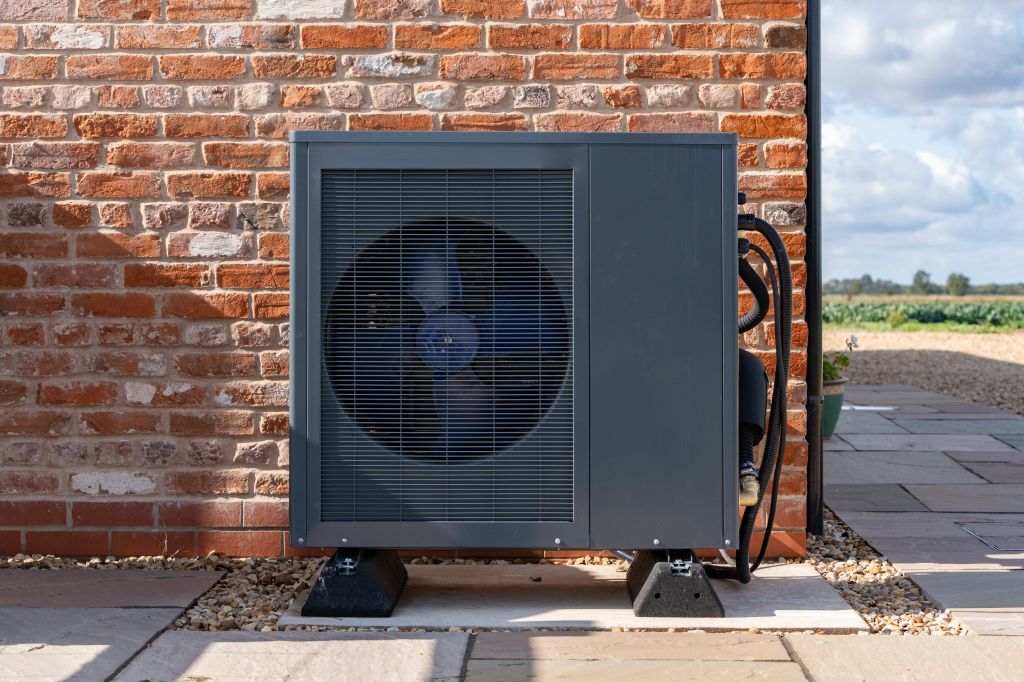Published July 27, 2023 • 4 Min Read
Because they use much less energy than standard models, they also end up lowering utility bills — and the greenhouse gas emissions of your household to boot.
Let’s take a look at those advantages in more detail, and a few more reasons to keep an eye out for that bright blue sticker while shopping for new goods.
Appliances are independently tested for energy efficiency
To be able to display the ENERGY STAR logo on an appliance, a manufacturer must meet strict energy-efficiency specifications set out by the U.S Environmental Protection Agency (EPA), which partners with Canada and other nations.
This means the appliance has gone through independent testing at an EPA-recognized laboratory — and, while it’s sold in stores, it’ll continue to go through ongoing testing to see that it still meets certification standards.
It’s good news for the planet
Since its establishment in 1992, ENERGY STAR has enabled households and businesses in the United States alone to save over $500 billion in energy costs, and to reduce greenhouse gas emissions by 4 billion metric tons. It just goes to show how seemingly small changes — from home to home, from office to office — can add up to make a big difference in the world.
Products use the latest technology
More than 80 types of product are eligible for ENERGY STAR certification in Canada. Whether it’s LED light bulbs, electric vehicle chargers, a new clothes dryer or air purifier, ENERGY STAR-certification is typically down to the manufacturer using the latest in technological innovations.
For example: an energy-efficient dryer might have a mode where it automatically switches off once the clothes inside are all dry, instead of going until the pre-selected time is up. And new air purifiers tend to monitor air quality intelligently, so they only operate when they’re actually needed.
You’re likely to save money in the long run
A signifiant proportion of home energy bills comes from the cost of running appliances. Appliances make up 14.4% of the energy used in the average Canadian home, according to Natural Resources Canada, so the more energy-efficient your appliances are, the bigger the potential savings on those utility bills each year.
While it’s true that new appliances featuring the latest energy-efficient technologies may have a higher upfront cost compared to entry-level models, they tend to offer long-term savings.
For example, according to the Association of Home Appliance Manufacturers Canada, a new ENERGY STAR-certified clothes dryer might cost about $70 more than a regular one, but it could lead to almost $400 in total energy savings across its lifespan — saving the buyer nearly $330 in total.
It makes choosing the right appliance easier
You might have heard of the idea of ‘choice paralysis’, the theory that having an abundance of options isn’t entirely beneficial because there are too many items to choose between, and deciding which option to go for becomes more stressful than it needs to be. Browsing for appliances that only carry that distinctive blue ENERGY STAR label will help cut down on the products you’re actually looking at, making landing on a final option that bit easier.
You can use the ENERGY STAR Product Finder to search through certified products in different categories — filtering for things like price, brand, and annual energy use as you go.
Depending on where you live, you might be in for a rebate
The Yukon and the Northwest Territories, as well as some regions and cities, have rebates you can apply for when opting for certain energy-efficient, ENERGY STAR-certified products.
Do a quick internet search for what’s available in your area, and you might find another incentive for choosing the most energy-efficient option.
This article is intended as general information only and is not to be relied upon as constituting legal, financial or other professional advice. A professional advisor should be consulted regarding your specific situation. Information presented is believed to be factual and up-to-date but we do not guarantee its accuracy and it should not be regarded as a complete analysis of the subjects discussed. All expressions of opinion reflect the judgment of the authors as of the date of publication and are subject to change. No endorsement of any third parties or their advice, opinions, information, products or services is expressly given or implied by Royal Bank of Canada or any of its affiliates.
Share This Article






